Representation and Productive Ambiguity in Mathematics and the Sciences
Emily Grosholz offers an original investigation of demonstration in mathematics and science, examining how it works and why it is persuasive. Focusing on geometrical demonstration, she shows the roles that representation and ambiguity play in mathematical discovery. She presents a wide range of case studies in mechanics, topology, algebra, logic, and chemistry, from ancient Greece to the present day, but focusing particularly on the seventeenth and twentieth centuries. Anyone interested in how mathematics works will find this a stimulating read.
{{comment.content}}
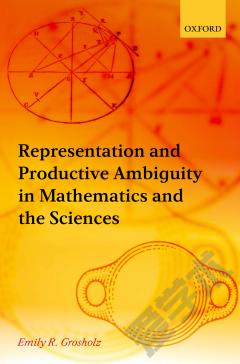
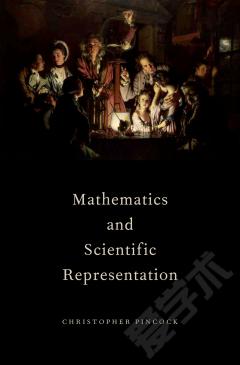
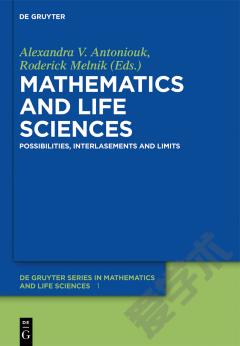


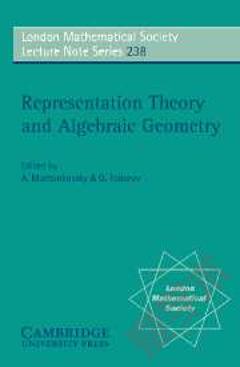
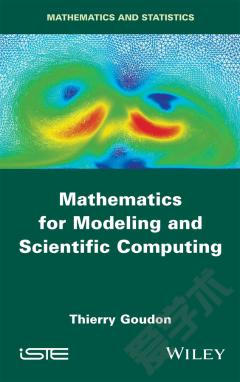

 京公网安备 11010802027623号
京公网安备 11010802027623号